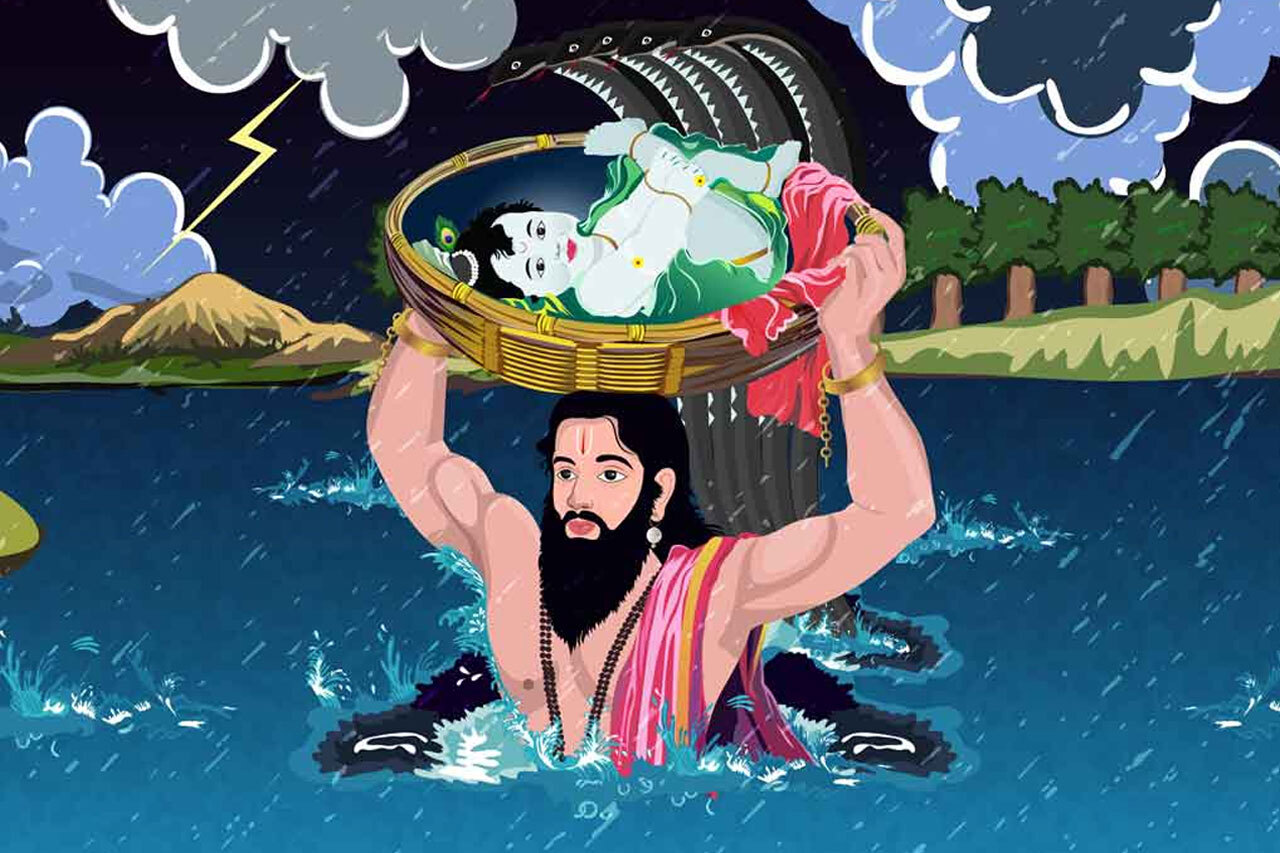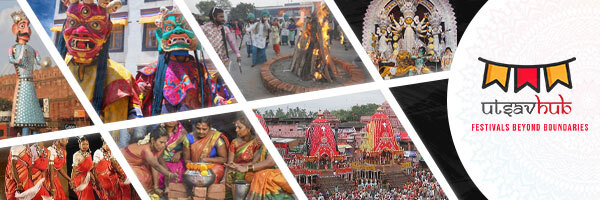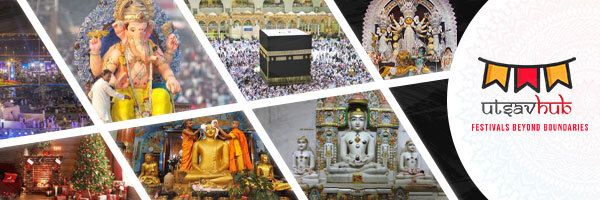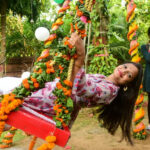
Preparation of Janmashtami Festival Reverence and Devotion to Lord Krishna
- utsavhub.com
- 24 April 2024
- Festival Preparation Tips
- 0 Comments
Janmashtami, the auspicious celebration of the birth of Lord Krishna, is marked by fervent devotion and elaborate preparations that reflect the rich cultural heritage of India.
Decoration of Homes and Temples
Weeks before Janmashtami, homes and temples are adorned with colorful decorations and intricate designs. Doorways are embellished with mango leaves and marigold garlands, while images of Lord Krishna are adorned with new clothes and jewels. The entire atmosphere radiates with joy and spiritual energy.
Creation of Jhankis (Tableaux) and Cradles
Intricate jhankis or tableaux depicting scenes from Lord Krishna’s life are set up in homes and temples. These elaborate displays often include miniature models of Mathura, Gokul, and Vrindavan, showcasing Krishna’s childhood exploits. Cradles are also decorated with flowers and ornaments, symbolizing the birth of the divine child.
Preparation of Sweets and Savories
Janmashtami is synonymous with the preparation of a wide array of sweets and savories, offered as bhog (sacred food) to Lord Krishna. Traditional delicacies such as makhan mishri (sweetened butter), panjiri, and various types of sweets like ladoos and pedas are lovingly prepared by devotees to celebrate the occasion.
Fasting and Vigils
Devotees observe fasts and engage in night-long vigils, known as jagrans, to honor Lord Krishna’s birth. The fast is broken only at midnight, the auspicious hour when Lord Krishna is believed to have appeared on Earth. Devotees spend the night singing bhajans, chanting mantras, and reading scriptures in praise of the Lord.
Abhishekam and Aarti Rituals
On the day of Janmashtami, elaborate abhishekam ceremonies are performed in temples, where the deity of Lord Krishna is bathed with various auspicious substances like milk, honey, and curd. This ritual symbolizes purification and devotion. Following the abhishekam, aarti is conducted amidst the chanting of hymns and the ringing of bells.
Dahi Handi Celebrations
In regions like Maharashtra, Janmashtami is celebrated with great enthusiasm through the tradition of Dahi Handi. Young men form human pyramids to reach and break clay pots filled with curd, symbolizing the playful antics of Lord Krishna stealing butter as a child. These celebrations are accompanied by music, dance, and joyous revelry.
Community Gatherings and Cultural Programs
Janmashtami brings communities together in celebration, with various cultural programs and events organized to commemorate the occasion. Rasa Lila performances, depicting the divine love between Radha and Krishna, are staged, captivating audiences with their grace and beauty. Bhajan sandhyas and kirtan sessions further enhance the festive atmosphere.
Distribution of Prasad and Charity
Prasad, blessed food offered to the deity, is distributed to devotees as a divine blessing. Additionally, charitable activities such as feeding the needy and providing assistance to the less fortunate are undertaken, reflecting the spirit of seva (selfless service) advocated by Lord Krishna in the Bhagavad Gita.
Janmashtami is not merely a festival; it is a deeply spiritual and joyous occasion that allows devotees to immerse themselves in the divine love and grace of Lord Krishna. Through the meticulous preparation of decorations, rituals, and offerings, devotees express their reverence and devotion to the beloved deity, seeking his blessings for peace, prosperity, and spiritual fulfillment. As the chants of “Hare Krishna” reverberate through the air and the sound of joyous celebration fills the streets, Janmashtami becomes a time of spiritual awakening and inner transformation for all who partake in its sacred festivities.






